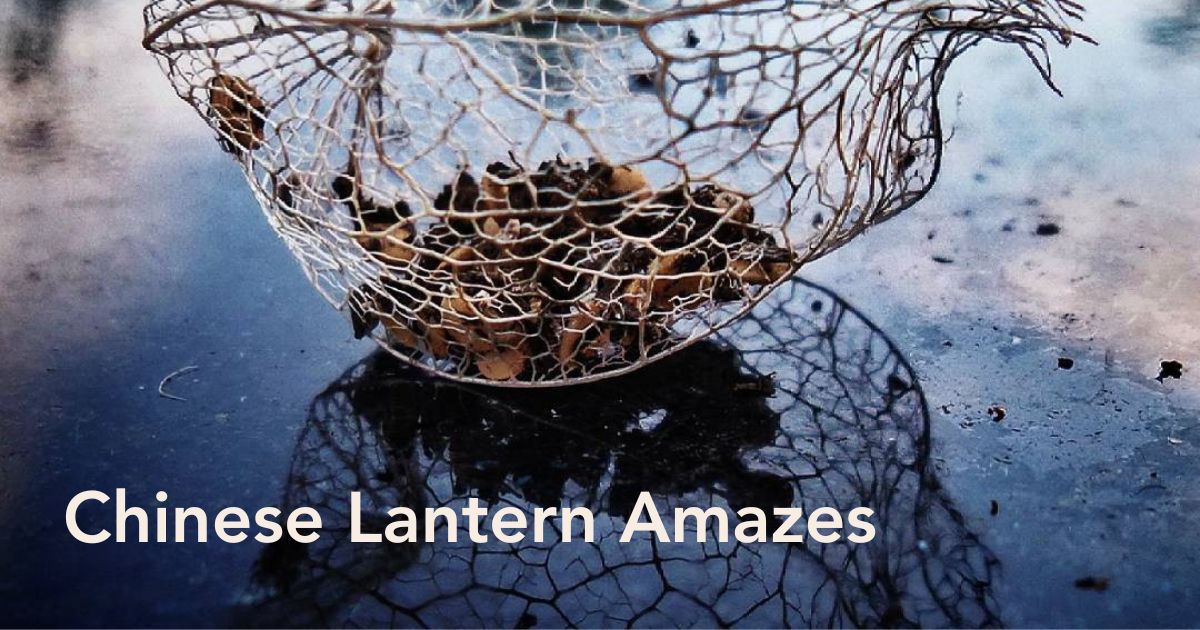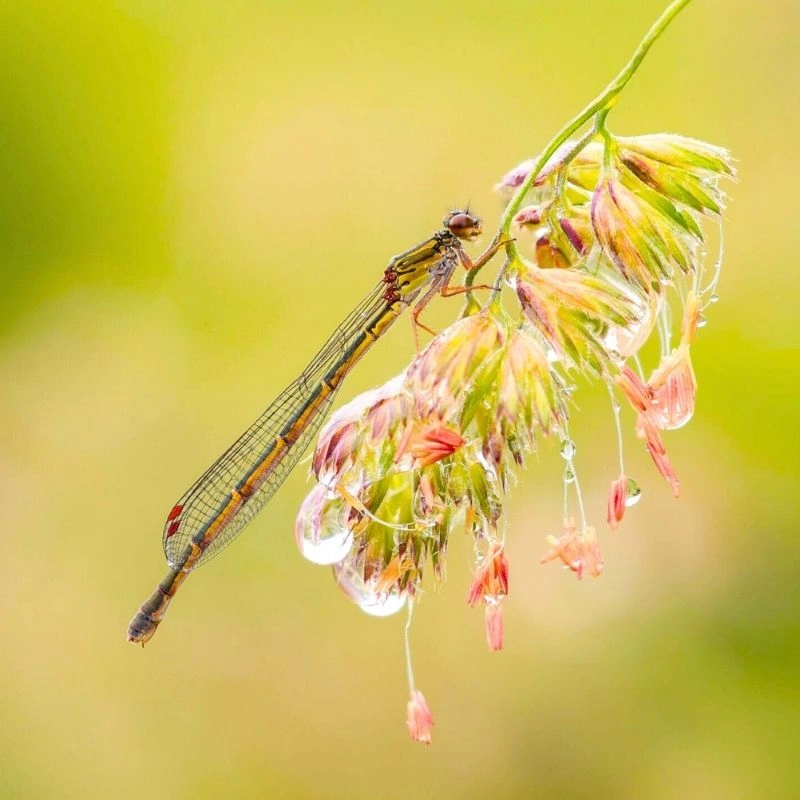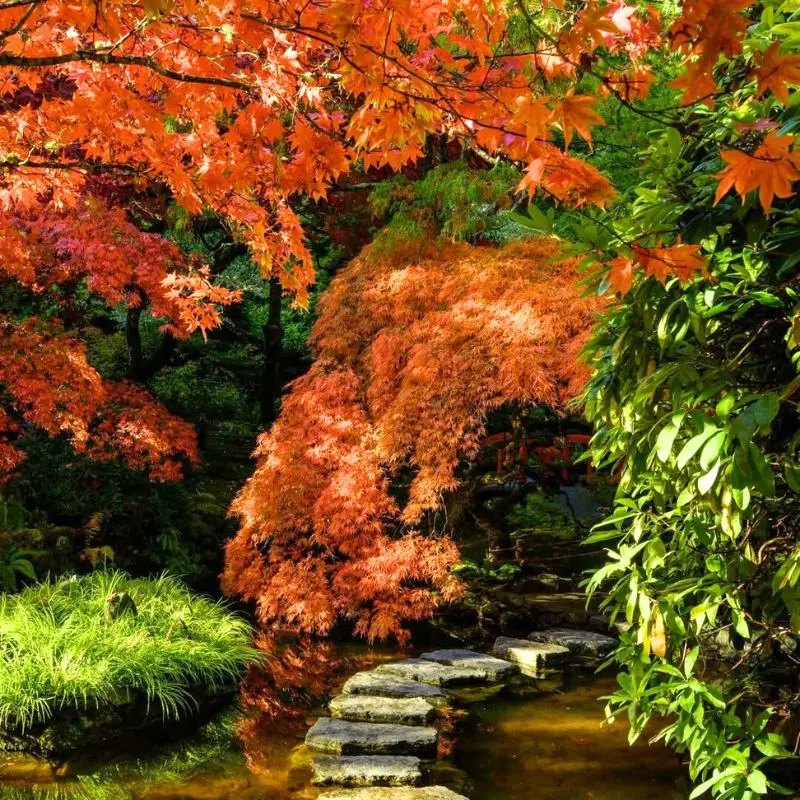The Physalis lantern is a very interestingly-shaped perennial that has its origins in Southern Europe, and South and North-East Asia. What captivates everyone's attention is the rare red-orange lantern shape, which is attributed to the name "Chinese lantern", having an identical form to one.
Everything There Is to Know About the Physalis Lantern
The nightshade family plant known as Physalis alkekengi, or "Chinese lantern", is well-known for its brilliant red fruit husks that gradually transform into intricate and delicate skeleton casings as the season goes on.
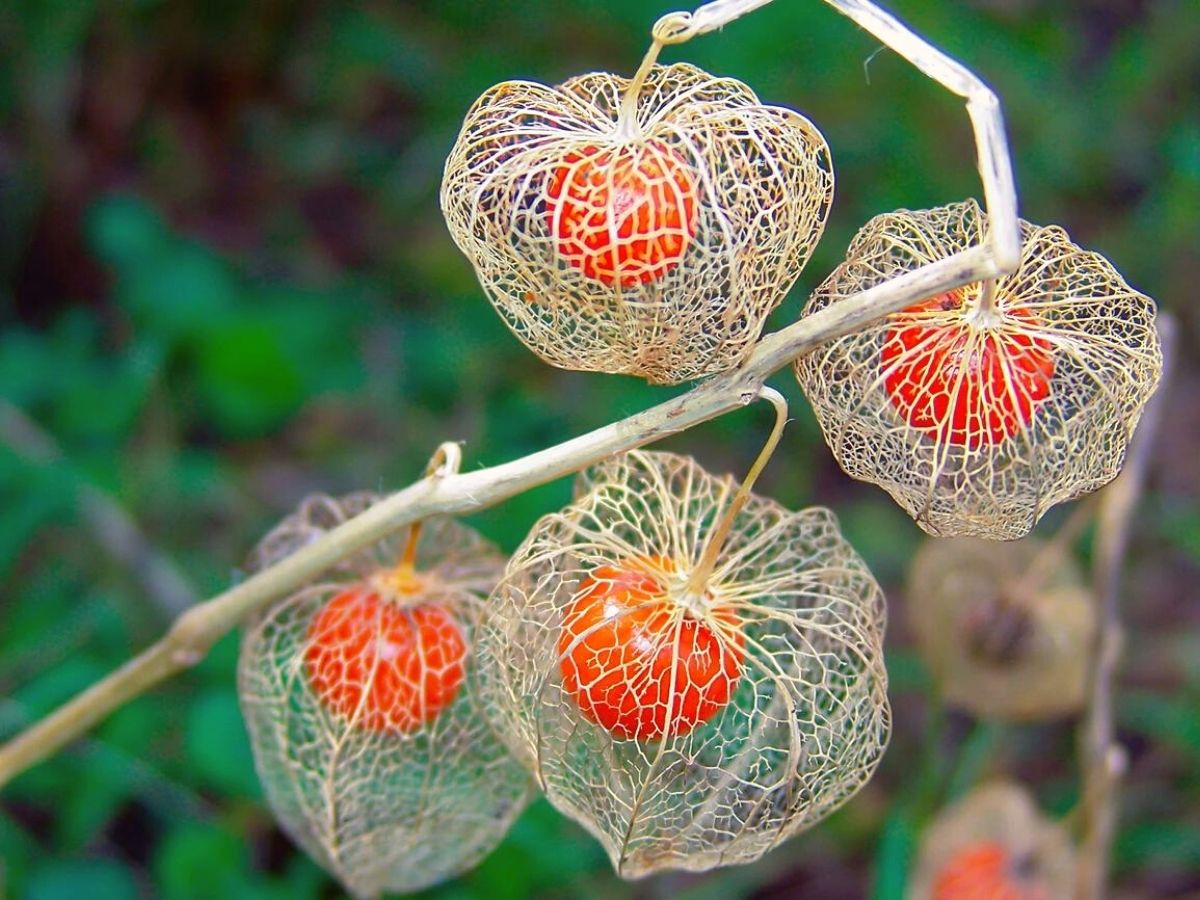
Fact is, that the Physalis lantern is a beautiful, unique plant to add to your garden to give it more texture, and color, and to get your guests impressed. The bad news is that the unripe fruit of Physalis lantern is extremely poisonous, something to take into consideration if you plan on having these perennials at home.
What Is a Physalis Lantern Otherwise Known as Chinese Lantern?
Chinese lantern is the most often used name for Physalis alkekengi, despite the fact that other common names include devil's berry, winter cherry, strawberry-and-tomato, chinese lantern fruit and more. Because it accurately portrays the delicate, paper-thin casings that enclose the plant's fruit, the term has persisted.
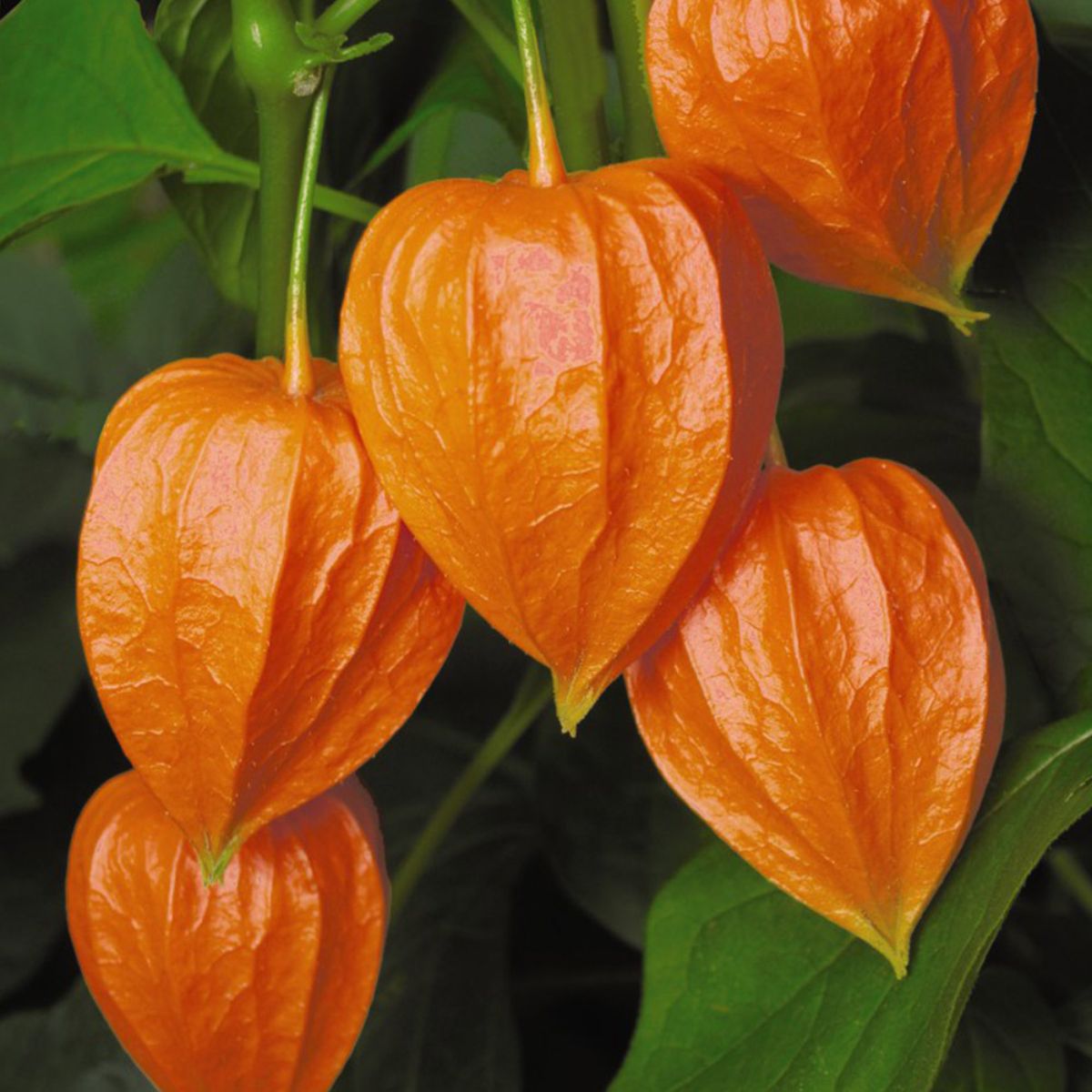
It's not difficult to see a string of these fruit-themed fairy lights in the background of a painting or photo of a Chinese street scene, with the fruit replaced by a tiny light bulb.
The Chinese Lantern Is a Hardy Perennial
Physalis flower is a hardy perennial that may be planted in the ground or in containers and offers a bright fall interest. It has medium-sized, 3-inch-long leaves that clump together. But the most impressive part of this perennial has to do with its shape and color.
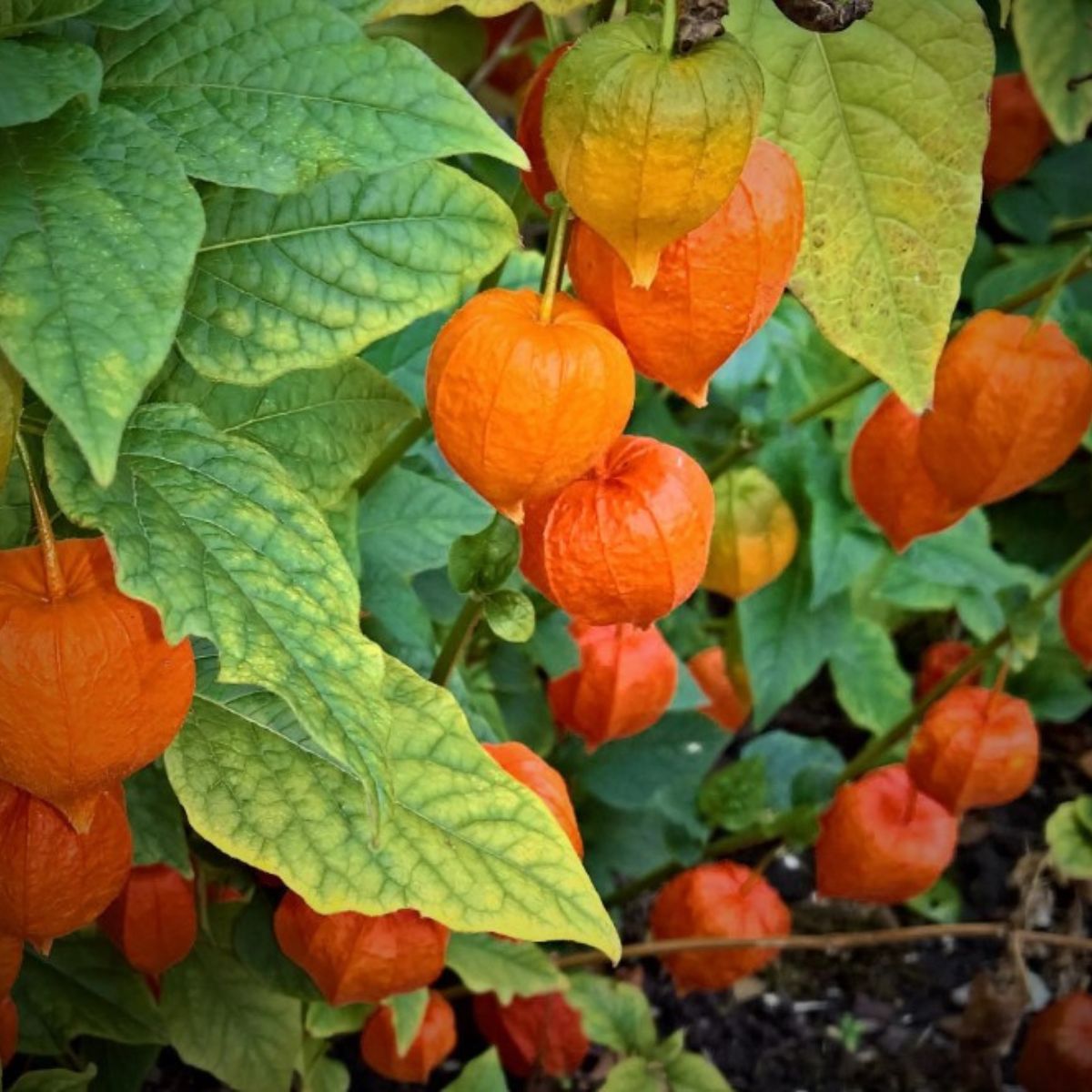
The true draw is the distinctive lanterns, which are seed pods that turn a vibrant pumpkin orange at the end of the growing season in the early fall. The flower and fruit are shielded by the 2-inch-wide papery pod known as a calyx. The leaves and all of the fruits, including the berries and seed pods, are extremely poisonous.
A Very Popular Ornamental Plant
No wonder it has become such a popular ornamental plant throughout the world because its fun shape and color are hard to resist. In Japan, the plant even has its own holiday when Buddhists give offerings in the Asakusa district in Tokyo each July to aid spirits traveling to the afterlife.
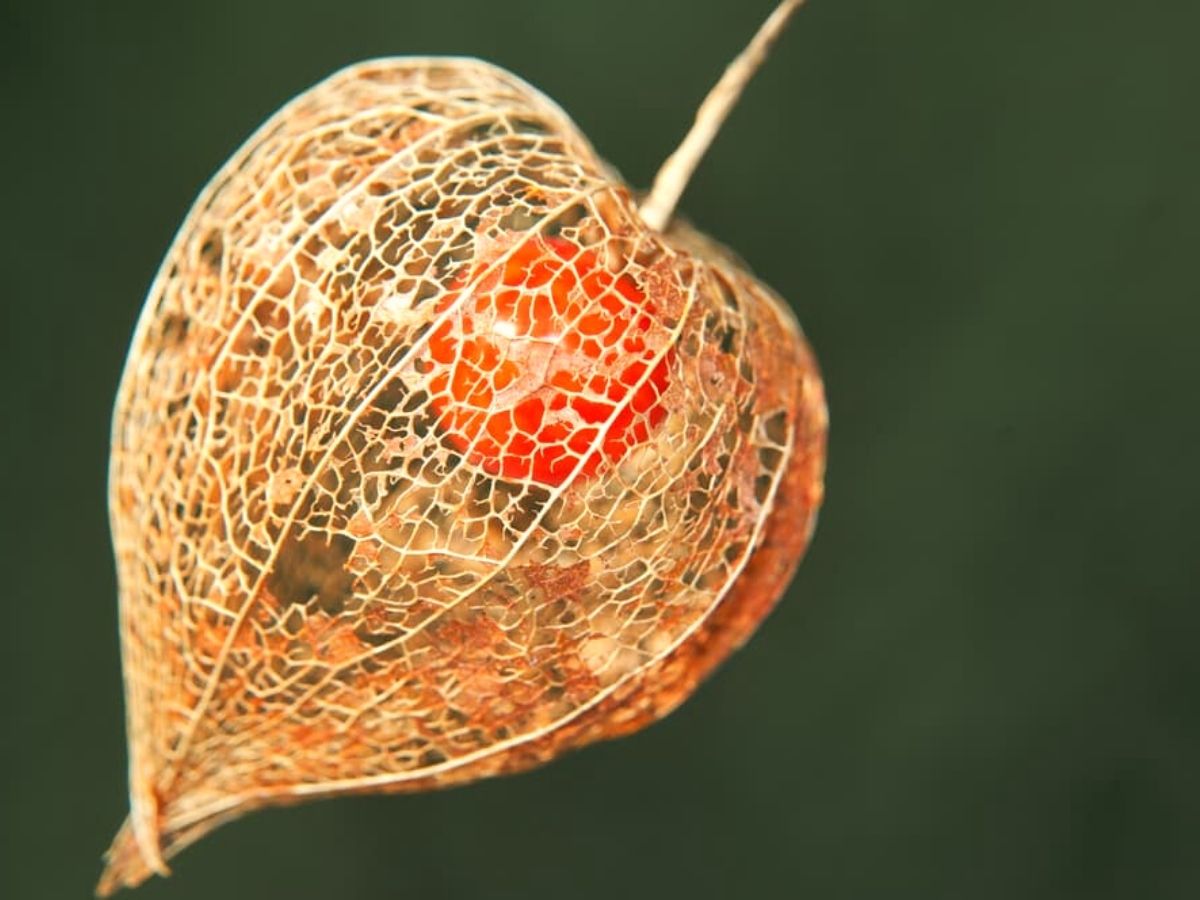
Symbolism Behind Physalis Lantern
It is simple to understand why the Chinese lantern and Chinese lantern fruit has such associations to that between "life and death" because the idea of a fruit safely enclosed within the skeleton remains of the husk that gave rise to it is a lovely visual metaphor.
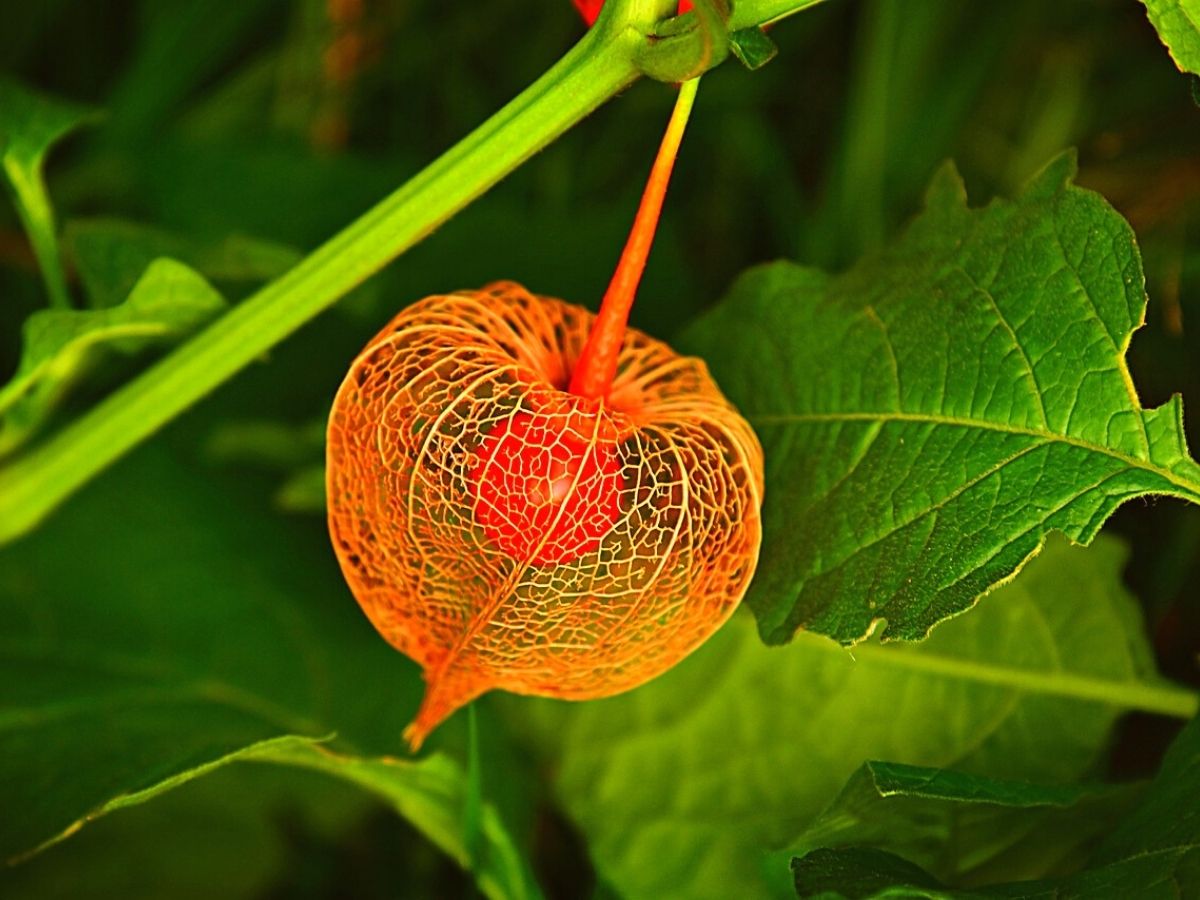
Physalis lantern has a very special meaning behind it, another reason why people love having this perennial around.
Why Grow Them in Your Garden? Here Are a Few Reasons
You probably won't need any additional justifications if you're seeking something eye-catching and captivating for your landscape. But this plant has a lot of qualities that make it a desirable option for any gardener. As mentioned above, Physalis lanterns are very hardy, being able to survive even the most punishing of weather conditions, including temperatures below -20 degrees.
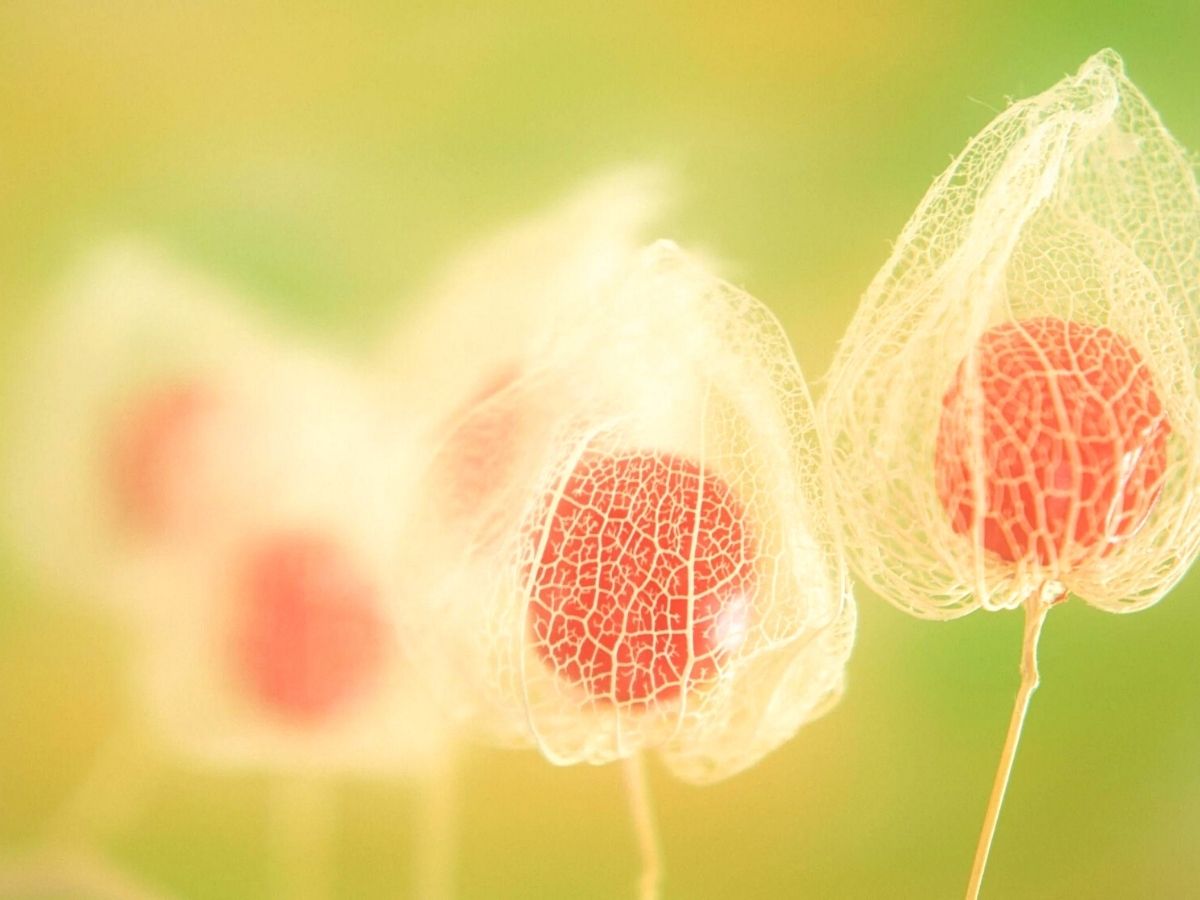
In terms of visual interest, Chinese lanterns have a lot to offer, starting with green color, and later developing into a deep, enticing orange as they ripen. Then, if left alone, the plant material will die away, leaving the skeletal casing.
Are you convinced yet? Chinese lanterns are thrilled and excited to be a part of your garden journey for sure!
Header Image by @hagenase

